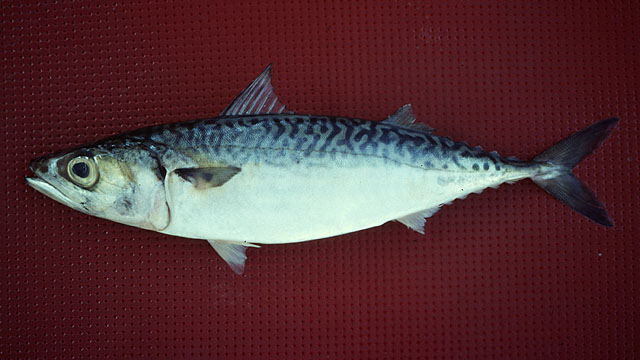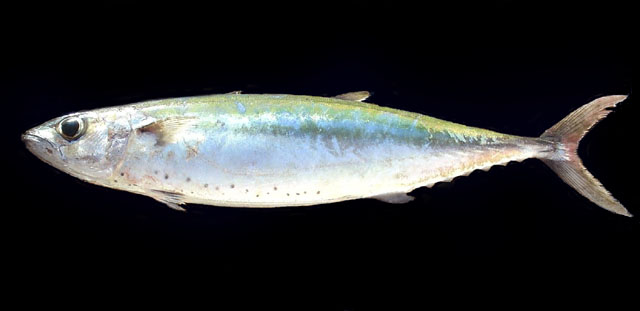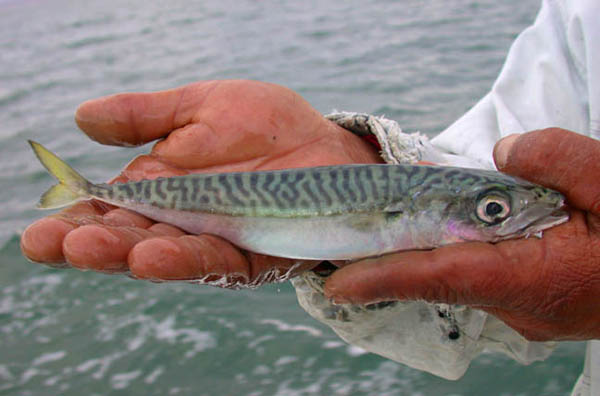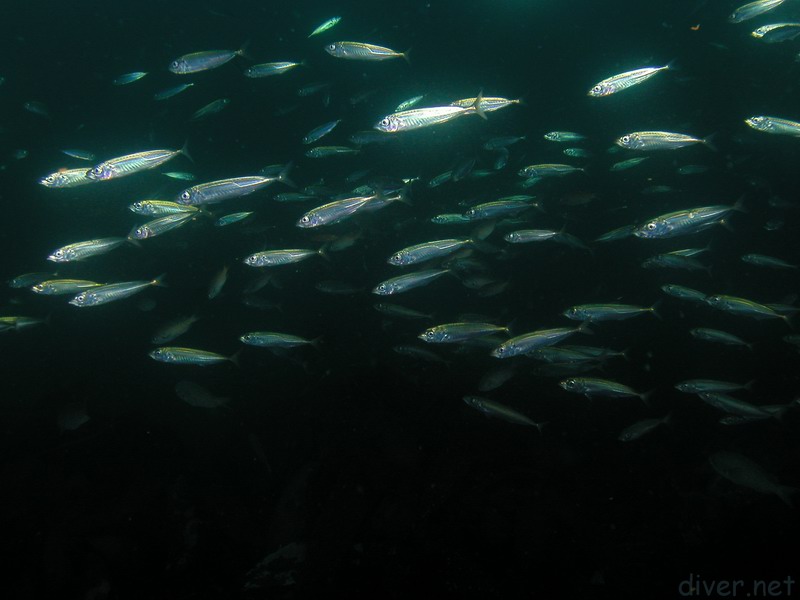Over time, I'd heard mackerel called spanish, green, greenback, pacific, common, shad, horse, jack, and probably more names.
I realize I'm confused. Maybe you folks can tell me who's who.
The mackerel that I think of as THE SoCal mackerel is what I think of as "Pacific mackerel" or Scomber japonicus.
![Image]()
What are it's other common names?
The mackerel that I think of as "jack mackerel" is Trachurus symmetricus
![Image]()
OR
![Image]()
OR
![Image]()
These 3 pics are all listed as Trachurus symmetricus but they do look different.
Does it have other, better names?
And finally, the mackerel I think of as "scad mackerel" is ?? I think,
Grammatorcynus bilineatus. Does anyone know??
![Image]()
I'm not at all sure what spanish mackerel, green mackerel, greenback mackerel, or horse mackerel are? Any help out there?
Anyhow, any info on these important fishies will be appreciated.
I realize I'm confused. Maybe you folks can tell me who's who.
The mackerel that I think of as THE SoCal mackerel is what I think of as "Pacific mackerel" or Scomber japonicus.

What are it's other common names?
The mackerel that I think of as "jack mackerel" is Trachurus symmetricus



These 3 pics are all listed as Trachurus symmetricus but they do look different.
Does it have other, better names?
And finally, the mackerel I think of as "scad mackerel" is ?? I think,
Grammatorcynus bilineatus. Does anyone know??

I'm not at all sure what spanish mackerel, green mackerel, greenback mackerel, or horse mackerel are? Any help out there?
Anyhow, any info on these important fishies will be appreciated.







